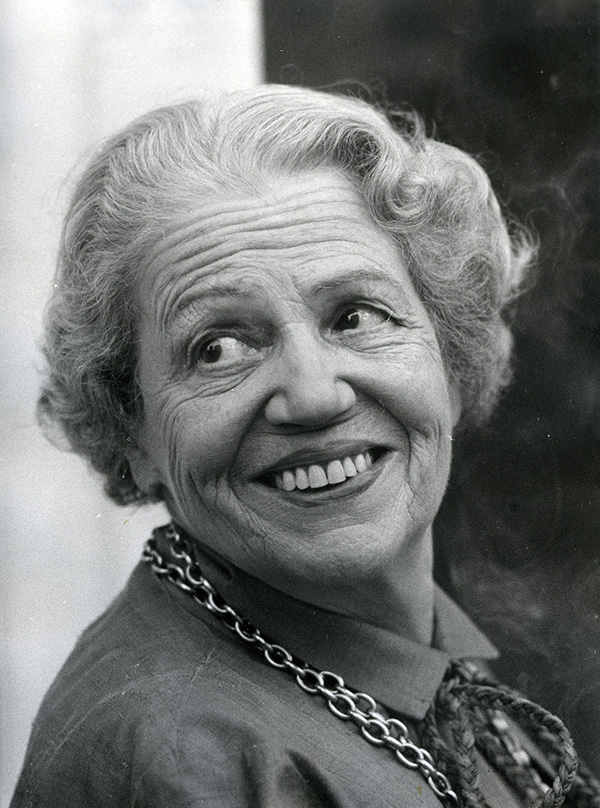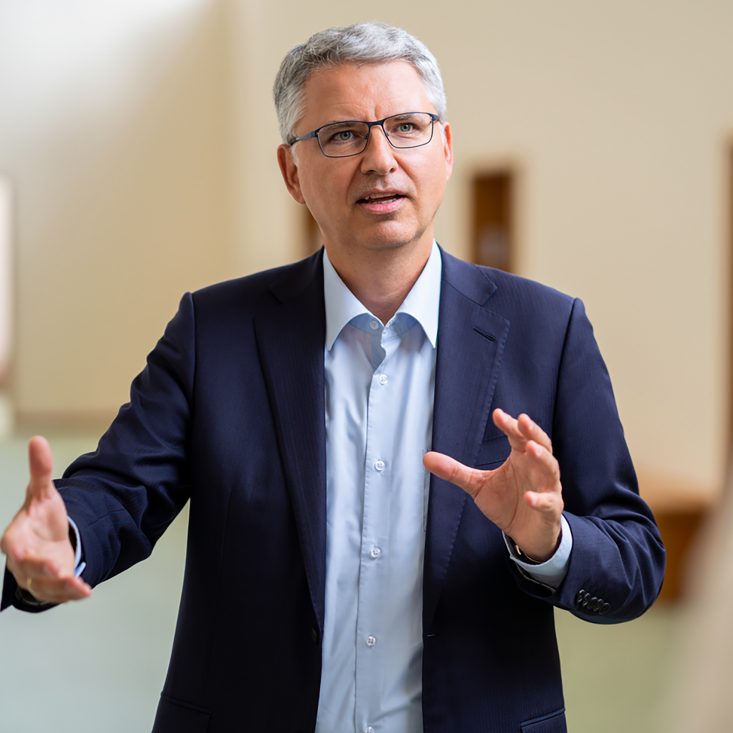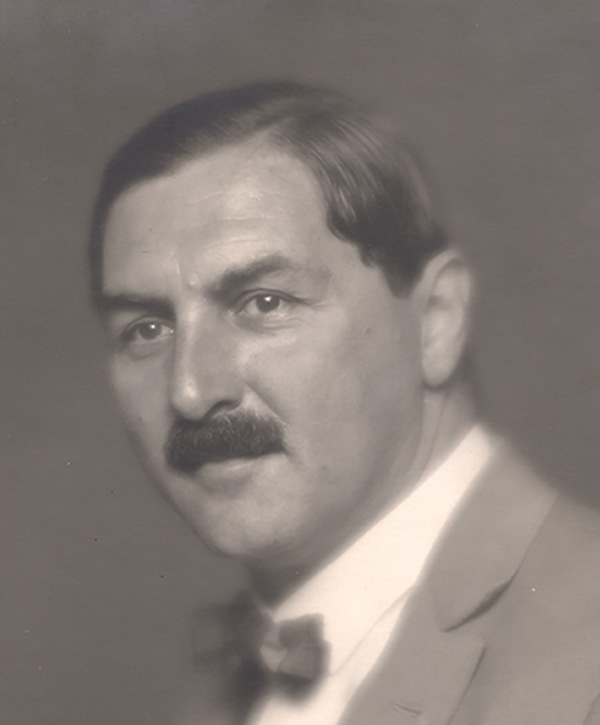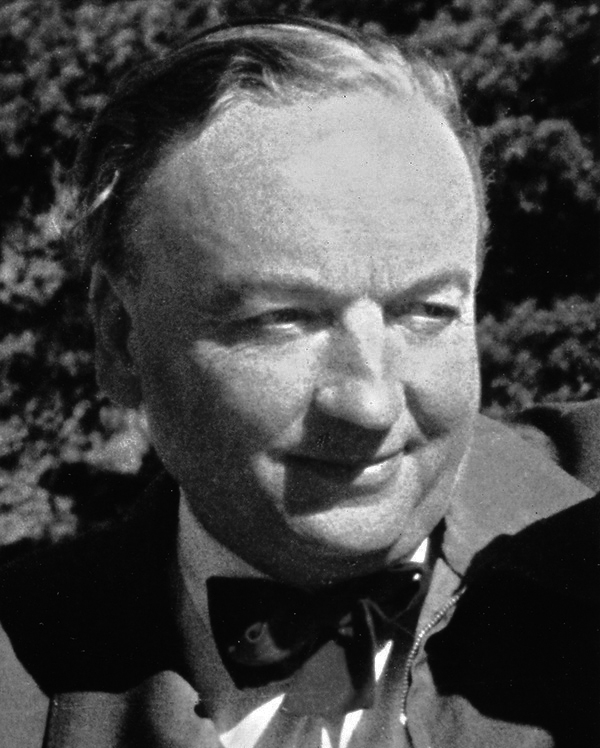Although the choice of corporate architect in industrial companies was normally the prerogative of top management, Roche remained faithful to Roland Rohn and thus the architectural tradition established by Salvisberg even after the death of Emil Barell. This extraordinary development was mainly because of the influence of Maja Sacher, heiress of the founder family’s share portfolio. By eventually regaining a majority interest in the company, she secured a continuing say in Roche’s future for Fritz Hoffmann’s descendants. Maja Sacher’s love of architecture stemmed from her upbringing, her father having then been one of Basel’s most distinguished architects. Despite her wish to follow in her father’s footsteps, she was forced to accept sculpture as an alternative due to the exclusion of women from the architectural profession at that time. Her steadily rising influence on building projects at Roche therefore came as no surprise. One particular concern was to furnish the interiors with artwork a practice already established by Barell with his administration building (Bldg 21). The executive lobby is adorned by a large mural painted by Niklaus Stöcklin, the winner of an artwork competition held especially for the purpose. Maja Sacher’s contacts in the world of fine arts helped Rohn to commission superlative pieces for Roche from such artists as Henry Moore, Eduardo Chillida, Ödon Koch or Bernhard Luginbühl. She not only influenced the company’s strategy until her death in 1989, but nearly all building projects and the interior spaces of Roche.



